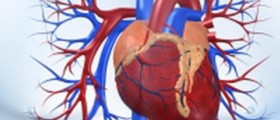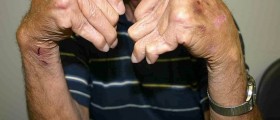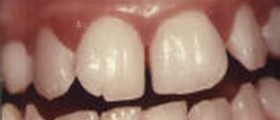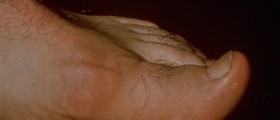
Clotting of the blood occurs when blood turns from liquid to solid. Hemophilia affects the body’s blood clotting system. The condition generally causes prolonged bleeding from wounds due to the abnormalities of the clotting system. Normally, small cuts only cause minor problems, but serious concerns can arise as a result of internal bleeding or bleeding into joints. The condition is permanent and non-curable. However, it is possible to successfully manage the condition and to lead a normal, productive life.
Symptoms
Symptoms will vary from person to person. Some hemophiliacs might experience spontaneous bleeding, while others will only bleed after surgery of significant trauma. Spontaneous bleeding will be indicated by the onset of many large or deep bruises, joint pain and swelling, unexpected bleeding or bruising and blood in waste fluids. Other symptoms include prolonged bleeding, unexpected nosebleeds and tightness in the joints.
Some signs might indicate an urgent need for emergency treatment. These include sudden pain, swelling or warmth in the joint, headache and extreme fatigue. Some might experience vomiting, neck pain and double vision. In these eventualities, medical attention should be sought as soon as possible.
Babies with hemophilia will generally not be affected too much, but as the child grows older and begins to move around, the risk factors will increase.
Treatment
Treatment will depend on the nature of the condition, and will proceed with the aim of allowing the sufferer to lead a normal life. Again, it should be pointed out that the condition is not curable.
Mild hemophilia A can be treated with injections of desmopressin. The injections are used to stimulate the release of internal clotting agents. This drug also comes in the form of nasal medication.
For those with moderate or severe hemophilia A or B, it is normally only possible to stop bleeding after the administration of an blood clotting infusion. If the bleeding is serious, repeated infusions might be necessary.
In those with Hemophilia C, plasma infusions might be required in order to halt excess bleeding. Regular infusions of this type might assist in the prevention of bleeding episodes. Training should be undergone before self-administration is undertaken.
Physical therapy might be necessary in order to assist joints damaged by internal bleeding. In severe cases of joint damage, an artificial appendage might be required.
If a minor cut occurs, it is normally possible to solve the problem by applying pressure to the area and bandaging the wound. Very minor internal bleeding can be stopped through the use of an ice pack.

















Your thoughts on this
Loading...